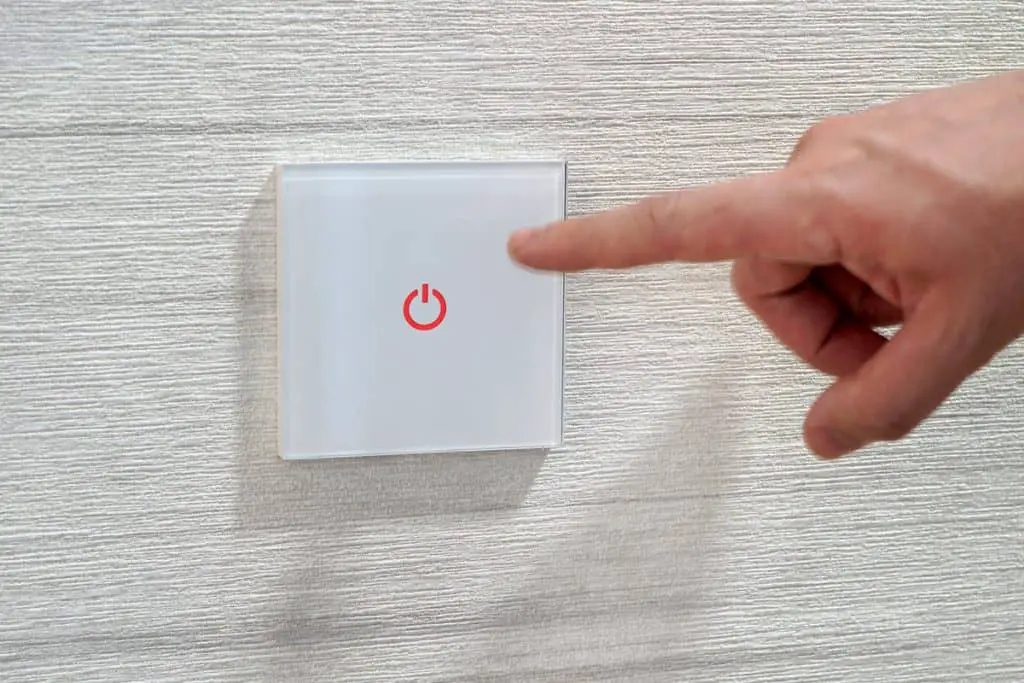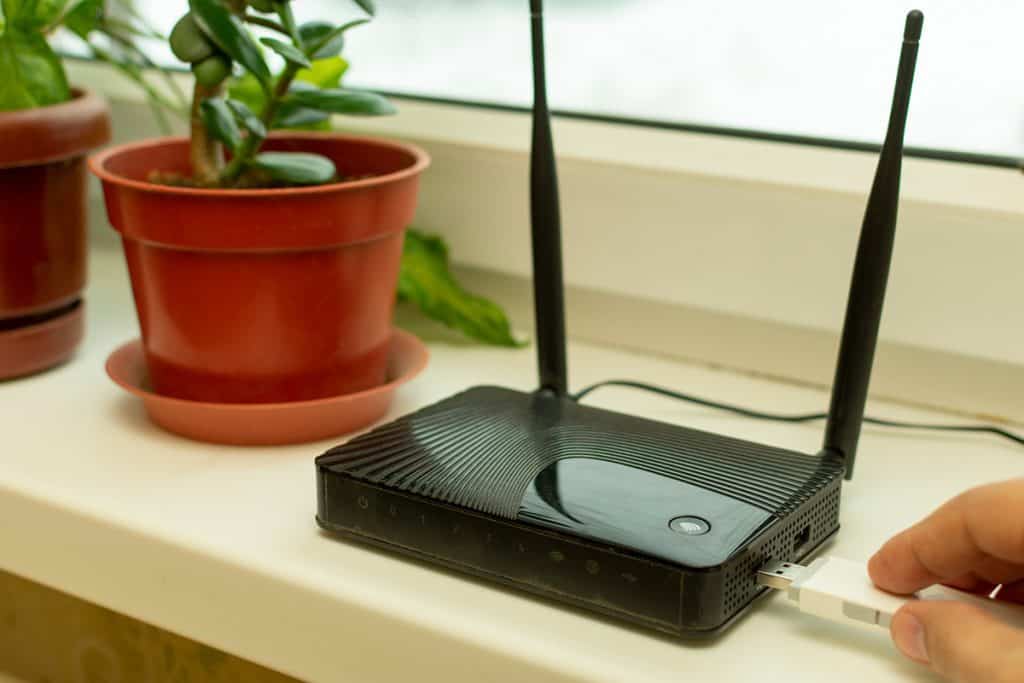Smart switches are convenient little devices. They magically turn the lights on when you walk into a room and turn them off when you’re not around to save energy. But if an unresponsive smart switch doesn’t turn the lights on in time, forcing you to walk around a dark room, you may be wondering what the reason is.
Here are 7 reasons why your smart switch takes so long to respond:
- Your router’s WiFi signal is too weak.
- You don’t have enough internet bandwidth.
- There are too many devices connected to your router.
- The QoS feature of your router is ignoring the switch.
- A home automation routine is causing trouble.
- The smart switch firmware is outdated.
- The smart switch software is bugged.
Most of the time, your smart switch takes too long to turn the lights on because of a network or software issue. This article will go over the most common causes of your smart switch being unresponsive and how to fix them.

1. Your Router’s WiFi Signal Is Too Weak
The most common reason why your smart switch is being unresponsive is weak WiFi.
If the switch is located too far from your router, the signal can become too weak at times to work properly.
Additionally, the longer the signal travels, the more interference it picks up.
You can check the strength of the WiFi signal on your phone. Go to the room and try to play a YouTube video at high resolution. If the video stutters, the WiFi is too weak.
Of course, you could move the switch closer to the router or vice versa. However, that’s not a viable option for most people.
So, what’s the next best thing?
Get a WiFi booster/repeater. A WiFi repeater sits between the router and the smart switch. It takes your router’s weak WiFi, creates a new access point, and rebroadcasts the signal.
One of the best WiFi boosters is the TP-Link AC750, which is available on Amazon.com. This affordable gadget plugs directly into the outlet and increases your WiFi coverage by up to 1200 square feet (111 sq m).
A WiFi repeater is an extremely worthwhile investment. It allows you to connect more devices to a single network.
More importantly, it improves the WiFi for your smart switch in the other part of the house.
2. You Don’t Have Enough Internet Bandwidth
Just like a weak WiFi connection can make the smart switch too slow, so can a slow Internet.

A clear sign of a weak Internet is if your smart switch works fine when you’re alone at home but not when others are also connected to the router.
Keep in mind that this is not the same as a weak WiFi signal. The smart switch could be in the same room as the router and still remain unresponsive.
This is because you simply don’t have enough bandwidth. This can be caused by having too many smart gadgets connected to a single network.
The only way to increase Internet bandwidth is to minimize what you do on connected devices.
This includes watching videos, playing video games, and, most importantly, downloading files.
You could also increase your Internet bandwidth by getting a better Internet plan from your ISP.
3. There Are Too Many Devices Connected to Your Router
This issue isn’t about how fast your Internet is, it’s about the WiFi strength. Having too many devices connected to your network forces your router to prioritize some devices over others.
An average router can create a unique IP for about 15-25 devices per band. Since smart gadgets typically don’t use 5 GHz WiFi, we’ll focus on 2.4 GHz.
Considering you have a smart switch, there’s a good chance you have a smart home.
If you have a few smart light bulbs, a couple of smart vacuums, and a half-dozen of smart plugs, you have too many devices connected to your router.
Try disconnecting a few of your least used smart devices for a few days and see how your smart switch behaves.
If it seems to work fine, you can fix this issue by buying a WiFi repeater (see point 1).
4. The QoS Feature of Your Router Is Ignoring the Switch
QoS stands for Quality of Service and describes a router feature that decides what smart device gets priority.
The problem with adaptive QoS is that it’ll usually prioritize your computer and smartphone over smart gadgets.
That’s because those devices use up a lot of the available bandwidth. The router will treat that device as more important than the rest.
This feature is horrible for your smart home. You should disable it if you don’t want your smart devices to work correctly.
Here’s where you can find the QoS setting on most routers:
- Open your browser. Type 192.168.1.1 / 192.168.0.1 into the address bar.
- You’ll be welcomed by a login screen. Check the default username and password for your router in the manual. The username is usually “admin,” and the password is “password.”
- After logging in, go to Setup. Find QoS and turn it off.
5. A Home Automation Routine Is Causing Trouble
Sometimes, a home routine that wasn’t set up correctly can confuse the smart switch.
If you’re using your switch in more than one automation, the switch won’t know which routine takes priority.
To fix this, remove the smart switch from all routines. Next, only add it to one routine and test if the switch works as intended over the next few days. If it does, you can then try adding it to another smart home routine.
6. The Smart Switch Firmware Is Outdated
Unpatched bugs in older firmware versions of your smart switch could be the reason why your smart switch takes so long.
Some smart home enthusiasts forgo the smart switch first-party app. They connect the smart switch to a smart hub and start using it straight away.
If your smart switch is new or has never been updated, there’s probably a firmware update waiting for you.
You’ll have to download and install the official app for your smart switch to update it, though. Once you have it all set up, go into the Settings on the app and tap on Update.

7. The Smart Switch Software Is Bugged
If you checked everything and the smart switch is still unresponsive, it could be a random glitch on the device itself.
Whatever the issue might be, the fix is simple – do a factory reset.
How exactly you have to do that will depend on the model, and you’ll have to refer to the manual to find out.
For example, you can reset TP-Link’s Kasa Smart Switch by holding the reset button on the device for 10 seconds.

